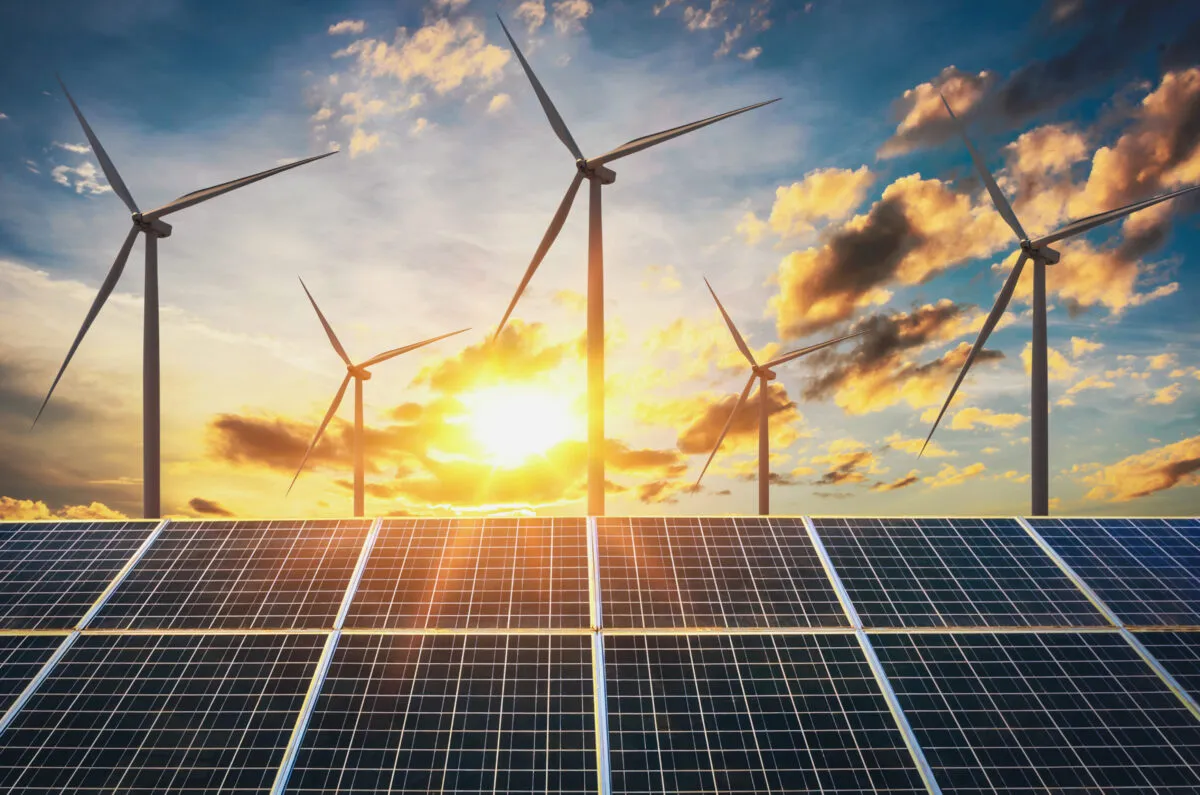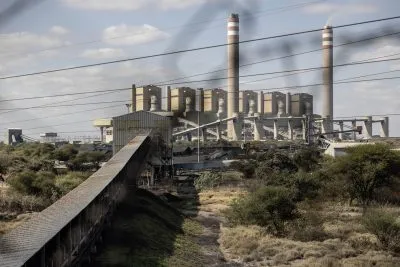Climate change is two-sided. It’s a threat to our existence, but also offers humanity a chance to get things right for future generations. Attempts to address the climate crisis are producing an ever-increasing pipeline of climate-related investment opportunities.
Nowhere promises bigger opportunities than in Africa, where new value chains – from sustainable agribusiness to renewable energy – are taking root, as the continent’s industrial mix extends beyond extractives and other traditional sectors. A young and rapidly-growing population is equally increasingly keen to tackle big challenges, besides creating a market.
Africa, no doubt, faces bigger challenges than elsewhere, but these offer huge investment opportunities too. For instance, about 600m people – half Africa’s population – lack access to electricity. Further, more than 700m households cannot access clean cooking solutions. Things are no better for access to clean water.
Finding solutions to these needs would open a market for investors – while improving people’s wellbeing. No wonder relatively new business models have sprouted in recent years, including the pay-as-you-go solar system, and mini-grids that are lighting up thousands of rural homes and businesses across sub-Saharan Africa.
Africa would need around $133bn every year in clean energy investment to meet its energy and climate goals between 2026 and 2030, according to the International Energy Agency (IEA).
Not just needs
But there’s much more to Africa than just needs to be met. Africa’s rich reserves of minerals— such as lithium, cobalt and copper – that are critical for clean energy technologies, position the continent as a key player in the global energy transition.
While there has generally been a steady increase in the flow of climate investments in recent years, it’s still considered a trickle compared to the required volumes. According to a recent study by analysts at the Climate Policy Initiative (CPI) (see box), annual climate finance flows in Africa – domestic and international – hit $30bn in 2020, just about the size of Senegal’s GDP.
While the figure has grown over the years, it represents just 11% of the $277bn Africa needs every year to meet the 2030 climate goals. This shines a light on the existing deep financing gap.
The amount of “green” capital needed is set to grow even further in coming years, fuelled by Africa’s rapidly-growing population, urbanisation and growing food, energy and water needs – all against the backdrop of climate change. This confluence of factors opens the window wider for investment opportunities.
Climate solutions represent big opportunity for investors
Africa is the region that is both least responsible for the climate crisis and among the most vulnerable to its consequences. It is crucial that sufficient capital is deployed in the continent to simultaneously support economic development, mitigate further environmental degradation, and help the population adapt and build resilience to the changing climate.
In its recent Climate Finance Innovation for Africa report, the Climate Policy Initiative (CPI) finds that climate finance in Africa falls far short of the amount needed annually to implement African countries’ Nationally Determined Contributions (NDCs) through to 2030.
With a dynamic entrepreneurial environment – and climate finance needs eight times higher than the amounts currently invested – the African continent presents a massive investment opportunity for investors to advance the deployment of climate solutions in the coming decade.
In order to capitalise on this opportunity and bridge the African climate finance gap, the CPI says that climate finance innovation must focus on deepening financial markets on the continent – both conventional (debt and equity markets) and non-conventional (carbon markets) – through direct investment and capacity-building activities.
Accelerating progress in what is a fragmented climate-finance ecosystem will require improved coordination, knowledge sharing, and combined action from development and public finance providers, private investors, and local policymakers.
Beyond mere recognition
There are bright spots on the horizon. Africa is gearing up to host the Cop27 conference at Sharm El-Sheikh in Egypt next month. There the issue of climate finance is expected to take centre stage. This comes amid growing recognition of the continent as an important actor on the world stage. Of course, more is needed beyond mere recognition.
Countries in Africa are generally low polluters. Through increased development of clean energy, green buildings, and sustainable transportation and agriculture among others, the continent can help reduce the global emissions average. Likewise, investors in such green projects can earn carbon credits in addition to normal returns.
It is important to note that it is much easier and less costly for less-developed economies to pursue a low-carbon, climate resilient development pathway – because they are starting from a lower base than mature markets such as the US and Europe. For rich nations, a shift to greener projects means heavy write-offs of carbon-heavy facilities that they have long relied upon.
But while a lot of attention is paid to financing the reduction of emissions in the rich nations, less-developed economies continue to grapple with funding gaps. This impedes their climate action plans.
A low-carbon pathway will enable the continent to address climate change while ensuring sustainable development, improvement in livelihoods, energy security, and job creation. Achieving this will require significant financial resources from public and private actors, at scale and with speed.
African nations have a role to play too in filling finance gaps. They have to address cross-cutting barriers that the private sector, widely considered a key engine of growth, faces – in order to achieve accelerated investments in climate-related fields. Private climate finance comprises half of total climate finance globally. In Africa only 14% of climate finance is private.
Besides direct investments, we need to see a steady pick-up in alternative climate financing instruments, such as green bonds, alongside creation of green financial products among commercial banks, with support from development finance institutions.
Finally, investment is one thing. Delivering on adaptation finance commitments and compensation for the global damage caused by big polluters is another. Africa deserves both.
Irene Karani is Africa director for climate at the Children’s Investment Fund Foundation (CIFF).
Want to continue reading? Subscribe today.
You've read all your free articles for this month! Subscribe now to enjoy full access to our content.
Digital Monthly
£8.00 / month
Receive full unlimited access to our articles, opinions, podcasts and more.
Digital Yearly
£70.00 / year
Our best value offer - save £26 and gain access to all of our digital content for an entire year!
 Sign in with Google
Sign in with Google 



